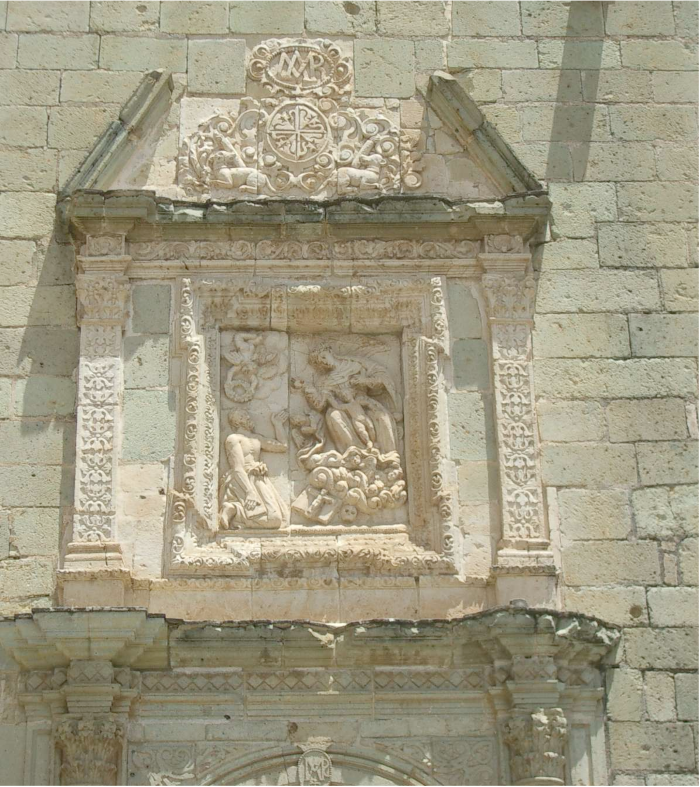Blal xte Tiu Pamyël, Part Xop
§1. Part Xop
Lia Len rcwa teiby email lo Lia Glory —
As, Lia Glory,
Chi bzenyu Los Angl, a danoën nuën San Luc!
Axta na queity racbedyën xi ni rliu blal ni nu San Dyegw zicy blal xte Tiu Pamyël.
A runybeu xtiuwa Rony (ni noo ryulazu!), ni runy zeiny lany museu cwe Ydo Santo Domyengw Ndua? (A rapëng coch na!) Byutinia Bed lany xofisyenëng chiru bgweën rata loëng — mnaën lo blal San Dyegw, chiru rapag Tiu Pamyël xablalni ni rliu zicypag, chiru teiby gyizh ni la Raúl Alba uas zyeiny blal rapi lany xtyendi. As chiru na Rony museu re deizyta bzieru blal. Bliu Rony ra blal danoën — chiru teiby ra blali rliu zicy blal xte Tiu Pamyël!
Steby buny ni runyne Rony zeiny, Rnest, runynei zeiny ra guieb ni rgwe dizh xi zicydi nu ra cos ntiu ni nu museu. Chi binydyagi ni bgweën lo Rony, chiru queity rindilazdi ni. Chiru Rony cuan Rnest cayuny xjab, xazhyi modëng? As chiru gwerëng gusierëng teiby blal lo gyizhi. (Danoën blezën lany museu quëm Raúl Alba queityru rcazdi gani loën steby.) Gyizhi reipy larëng rata ra ni rapi ricy blalbagui, atizh sa ra ni rtorëng Monte Albáni.
Per rindyau ne, per blal ni bzierëng rliu zicy na blal ni bliu Rony danoën lany museu nai!
As bzenygaza xtadën chiru naëb a gual gyoën. Chiru na Rony zhi gyiedniëng danoën xa bdica rata ra cosi.
U ryulazu Samohi? A beinybeu Lia Araceli e?
Xamiegwu,
Lia Len
§2. Ra Dizh cuan Xiëru Zalo Ra Dizh
§2.1. Here is a phrase that’s worth learning as a unit:
|
xa bdica rata ra cosi [x:a bdicah ra’ta’ ra co’sih] how everything turned out, what happened with everything |
§2.2. Here are the new Ra Dizh:
|
atizh [a’tihzh:] not (followed by a noun or noun phrase, not a verb) axta [a’xta’] up to, until (as in axta na “up to now”) blalbag [bla’albag] genuine blal deizyta [dèi’zyta’] just, recently guieb [guììe’b] 1. metal; 2. object made of metal: gun, bell, machine (as in runynei zeiny ra guieb ni rgwe dizh xi zicydi nu ra cos ntiu ni nu museu “he works with machines that tell how old the old things in the museum are”) gyiedni [gyìe’dnììi’] irr. of riedni riedni [rìe’dnììi’] comes and tells § irr. gyiedni rliu zicy [rllìu’ zi’cy] looks like (as in xi ni rliu blal ni nu San Dyegw zicy blal xte Tiu Pamyël “why the blal in San Diego looks like Señor Panfilo’s blal”) ryuti lany [ryu’tìi làa’any] enters (somewhere), goes into (a place) (as in byutinia Bed lany xofisyenëng “I entered his office with Pedro”) rzenygaza [rzehnnygahza’] arrives right then (as in as bzenygaza xtadën “our father arrived right then”) sa ra ni [sa’ah ra nih] another just like the ones that (as in sa ra ni rtorëng Monte Albáni “another just like the ones that they sell at Monte Alban”) steby [steeby] another xazhyi modëng [x:azhyi’ mo’odëng] how could it be (see note 2.3 and note 2.4) xi zicydi [xi zi’ihcydi’] how old |

Fot Teiby xte Blal xte Tiu Pamyël, Part Xop. Carving on the wall of the Santo Domingo Cultural Center next to the Santo Domingo church in Oaxaca City.
§2.3. The particle -zhyi is often used in sentences like the following:
|
Chiru Rony cuan Rnest cayuny xjab, xazhyi modëng? “Then Jeronimo and Ernesto were thinking, how could it be?” |
In this example, -zhyi doesn’t go after the first item in the whole sentence, but if you think about it, xazhyi modëng “how it could be” is a dependent sentence following the verb runy xjab here, so in fact -zhyi does go after the first item (xa) of this dependent sentence.
§2.4. You’ve seen bound pronouns used as subjects following verbs, of course; in addition, you’ve seen -ëng and -i used as bound subject pronouns with adjectives (you’ll learn more about this in later lessons). Sometimes these two particles are used as subjects with other phrases that don’t contain a verb, as in xazhyi modëng “how could it be”, where -ëng follows the question word xa mod “how”.
§2.5. Monte Alban, on a mountain top overlooking Oaxaca City, is the most important Zapotec archeological site and a UNESCO World Heritage Site.

Fot Tyop xte Blal xte Tiu Pamyël, Part Xop. The central plaza at Monte Alban.
Photo from http://www.angelfire.com/ca/humanorigins/.

